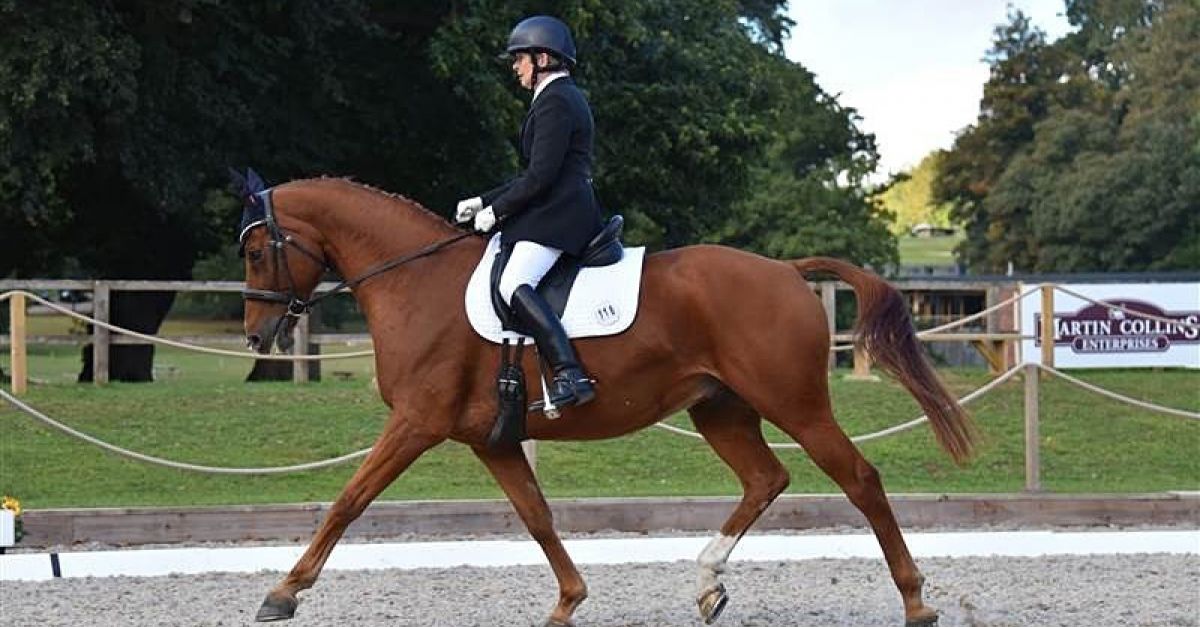What are the two horse breeds best for English dressage? This question often intrigues equestrian enthusiasts who have a profound interest in the graceful and precise world of English dressage. This article aims to provide an in-depth look at two of the most celebrated horse breeds that excel in this sophisticated discipline: the Hanoverian and the Dutch Warmblood. Well explore their unique attributes, why they are favored in dressage, and how theyve shaped the sport over the years.

Introduction to English Dressage
English dressage is a highly structured form of horse training that focuses on the harmonious relationship between horse and rider. The goal is to display the horse’s training and athletic abilities in a series of predetermined movements. Precision, rhythm, and obedience are key components, making the choice of horse breed crucial for success.
The Importance of Horse Breed in Dressage
Not all horse breeds are suitable for dressage. The ideal dressage horse is not only athletic but also possesses an elite combination of physical and mental attributes. Hence, selecting the right breed can make a significant difference in a rider’s performance and achievements in the sport.

The Hanoverian Horse
History and Origin
The Hanoverian breed originated in Germany, specifically the Hanover region, in the 18th century. They were initially bred as cavalry horses but quickly evolved into versatile sport horses due to their exceptional qualities.
Physical Attributes
Hanoverians are known for their powerful and muscular build. They typically stand between 15.3 to 17.1 hands high and have a striking appearance, with well-defined lines and elegant movement. Their robust hindquarters and strong back make them ideal for dressage.
Temperament and Trainability
One of the key reasons Hanoverians are favored in dressage is their temperament. They are intelligent, willing, and highly trainable. This makes them suitable for the rigorous demands of dressage training and competition.
Performance in Dressage
The Hanoverians athletic prowess has made them a dominant force in international dressage competitions [check link](https://prohorseworld.com/how-to-bridle-a-horse-english-2/). Their balance, rhythm, and fluid movements consistently impress judges and spectators alike. The breed’s versatility also extends beyond dressage into other equestrian disciplines, including show jumping and eventing.

The Dutch Warmblood Horse
History and Origin
The Dutch Warmblood, also known as the Koninklijk Warmbloed Paardenstamboek Nederland (KWPN), was developed in the Netherlands in the 20th century. This breed was specifically designed for performance and agility, making them perfect for sports like dressage.
Physical Attributes
Dutch Warmbloods have a refined appearance with long, elegant necks, and powerful hindquarters. They generally stand between 15.2 to 17 hands high, offering a harmonious blend of strength and grace that is essential for top-level dressage performance.
Temperament and Trainability
Like the Hanoverian, the Dutch Warmblood boasts a superb temperament. They are known for their intelligence, calmness, and willingness to work, which makes them highly responsive and easy to train.
Performance in Dressage
Dutch Warmbloods have proven themselves repeatedly in the upper echelons of dressage [check link](https://prohorseworld.com/how-to-trim-a-horse-hoof-for-beginners-2/). Their expressive and powerful movements make them stand out in the arena, capturing the attention of judges and fans alike. Furthermore, their versatility allows them to excel in various other equestrian events.

Comparing Hanoverians and Dutch Warmbloods
Physical Comparison
While both breeds have strong, muscular builds suitable for dressage, Hanoverians tend to be slightly larger and more robust. Dutch Warmbloods, on the other hand, offer a slightly more refined appearance. Both breeds are incredibly athletic and capable of performing the complex movements required in dressage [check link](https://prohorseworld.com/what-is-the-difference-between-a-horse-bridle-and-a-headstall-3/).
Temperament and Trainability
Both breeds are highly trainable and possess an excellent temperament. Hanoverians are often praised for their willingness to work and calm demeanor, while Dutch Warmbloods are celebrated for their intelligence and responsiveness. The best choice often comes down to individual preference and the specific requirements of the rider.
Success in Competitions
Both Hanoverians and Dutch Warmbloods have a remarkable track record in international dressage competitions. They continue to dominate the sport, thanks in large part to their superior physical and mental attributes.
Conclusion: Choosing the Right Breed for You
Whether you are a seasoned dressage competitor or a novice looking to venture into the world of English dressage, choosing the right horse breed is crucial [check link](https://prohorseworld.com/how-to-assemble-a-western-horse-bit-and-bridle-2/). Both the Hanoverian and the Dutch Warmblood offer tremendous potential and are approved choices in the dressage community. Consider your specific needs, preferences, and goals when making your decision. Delve into the fascinating world of dressage, and let the journey with your chosen horse breed be as enjoyable and rewarding as possible.
FAQ
1. What makes a good dressage horse?
A good dressage horse should have a combination of physical strength, elegance, and a willing temperament. They should also be trainable and responsive to commands.
2. Are Hanoverians and Dutch Warmbloods expensive?
Due to their exceptional qualities and demand in the sport, both Hanoverians and Dutch Warmbloods can be quite expensive. Prices vary based on factors such as lineage, training, and competition history.
3. Can other breeds excel in dressage?
While Hanoverians and Dutch Warmbloods are often considered the best for dressage, other breeds like the Andalusian, Friesian, and Lusitano have also shown excellent potential in the sport.
As an Amazon Associate, I earn from qualifying purchases.
As an Amazon Associate, I earn from qualifying purchases.